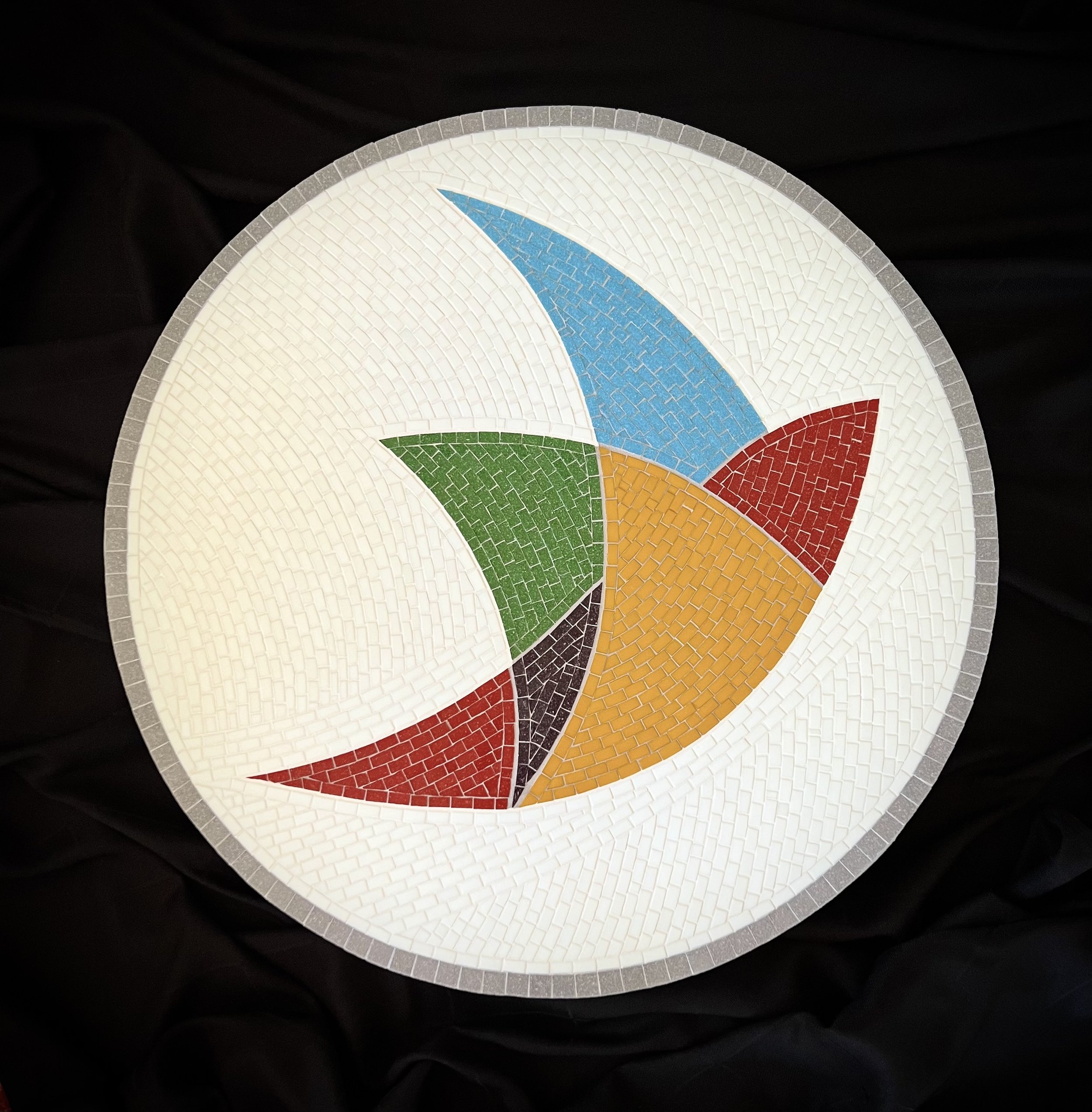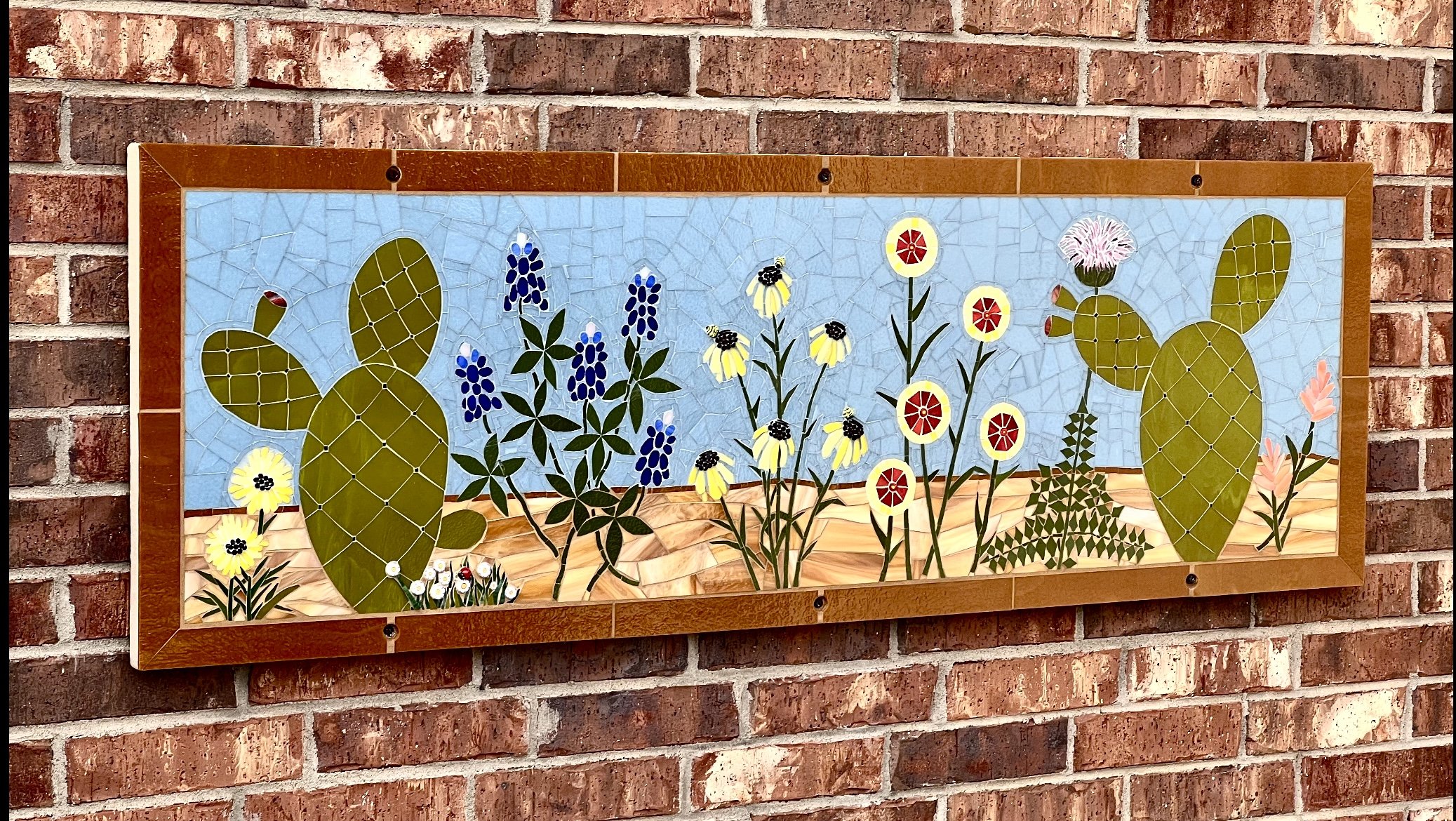








Your Custom Text Here
The process of creating custom, permanent installations is a thrilling experience! I enjoy meeting with a new client to hear their vision for the project. Considerations such as color, transparency/opacity of glass or other materials, placement, purpose, lighting conditions, and desired style are all-important topics of discussion. This initial meeting is followed by the creation of preparatory sketches, presentation of materials selections & options, as well as a pricing and timing quote. Once accepted, a second step includes fabrication of a maquette (a small “mock-up” piece) rendered in the selected materials. The maquette is indispensable as a visual guide to ensure that the client and I are on the same page. Once approved, a flurry of activity follows: the design is re-scaled to full size, materials are procured and prepared, and fabrication begins!
The process of creating custom, permanent installations is a thrilling experience! I enjoy meeting with a new client to hear their vision for the project. Considerations such as color, transparency/opacity of glass or other materials, placement, purpose, lighting conditions, and desired style are all-important topics of discussion. This initial meeting is followed by the creation of preparatory sketches, presentation of materials selections & options, as well as a pricing and timing quote. Once accepted, a second step includes fabrication of a maquette (a small “mock-up” piece) rendered in the selected materials. The maquette is indispensable as a visual guide to ensure that the client and I are on the same page. Once approved, a flurry of activity follows: the design is re-scaled to full size, materials are procured and prepared, and fabrication begins!